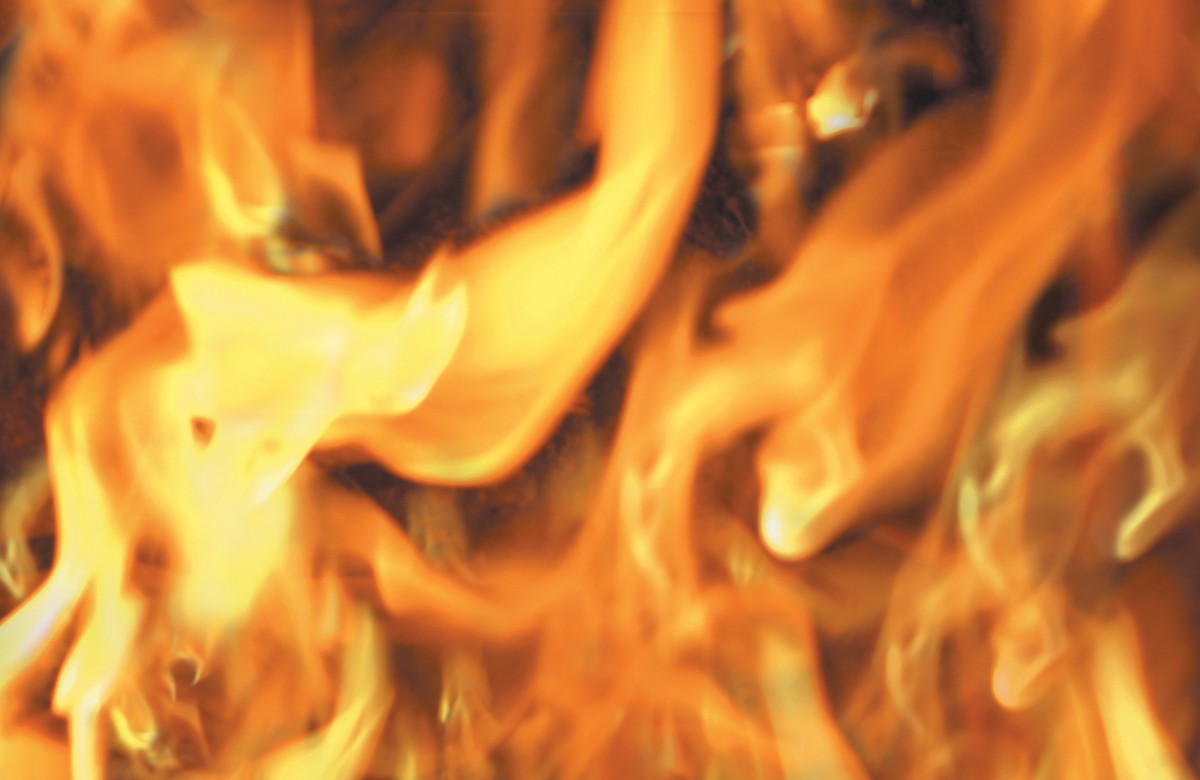Since I am an amazing child, I make tea for my parents every day.
One day, I was talking to my little brother while I was pouring the tea in the cups. He was saying something pretty important, so I was paying more attention to him than I was the tea.
While I was pouring, it overflowed in one cup and spilled onto my shirt (completely my brother’s fault). I let out a yelp and saw that my skin where the tea had been spilled turned pink. Throughout the next couple of hours, it was stinging and then finally, it turned black. It took about a week or so for the area to become a faded blackish-pink area.
Our skin is our largest organ and one of the five main senses (touch) we use to communicate with the outside world. The skin has three layers. The epidermis is the outermost layer. It is the waterproof layer. The dermis is the layer under the epidermis. This layer has some connective tissues (the type of tissue that connects and supports the other tissues), hair follicles (an organ that regulates hair growth), and sweat glands (secrete sweat). The deepest layer is called the subcutaneous tissue or hypodermis (the prefix hypo- means under).
The human body is typically around 98.6 degrees Fahrenheit, give or take a degree or two. There are three main types of burns that occur when the body comes into contact with something at a certain degree.
A first-degree burn is a burn to the epidermis. This is a mild burn that occurs around 111 degrees. The skin turns pink or red and usually heals within a week or two. This type of burn can be caused by sunburns, hot water and hot metal objects. This is the type of burn I got.
A second-degree burn damages the epidermis and burns the dermis. This burn comes with blisters and occurs around 131 degrees. This type of burn is caused by hot grease and contact with hot surfaces such as curling irons.
There are two categories of second-degree burns. Superficial second-degree burns don’t require any surgery. They can take from one to three weeks to heal. With proper care, a new epidermis grows in one to three weeks. The other category is the deep second-degree burn which is drier. Sometimes, this type of burn will need surgery. Before surgery is tried, conservative methods of treatment are used (such as medications).
A third-degree burn destroys all three layers of skin. This occurs at
162 degrees. This type of burn can destroy nerves which leads to numbness. If you get burned, and you don’t feel any pain, it is likely that you have gotten a third-degree burn and likely require surgery.
One of the first things I did when I got my burn was putting ice on the affected skin. This actually isn’t recommended, because the ice will probably decrease circulation and make the burn worse. Using cool water is the better option. Cleaning the burned area daily is also recommended. There are also ointments that can help with the burn. The best environment for a burn to heal in is a moist and covered one, which is also why covering the burn with a bandage is suggested.
Congenital insensitivity to pain is a condition in which a person can’t feel any physical pain or temperatures. The thought of never feeling pain might be appealing, but this rare condition is actually extremely dangerous.
If a person with this condition broke their bones, they wouldn’t know it. They would be indifferent to a scraped knee. They would be oblivious to getting third-degree burns.
So, we should take a moment to appreciate the fact that we can feel pain. Pain is our body’s way of saying something is wrong and that we need to pay attention to it.
And next time you burn yourself, make sure you blame your little brother.
Vaageesha Das is a junior at Morgantown High School.
Today’s information comes from:
- Burns. (2020, July 28). Retrieved March 02, 2021, from https://www.mayoclinic.org/diseases-conditions/burns/symptoms-causes/syc-20370539;
- Congenital insensitivity to pain: MedlinePlus Genetics. (2020, August 18). Retrieved March 02, 2021, from https://medlineplus.gov/genetics/condition/congenital-insensitivity-to-pain/;
- Reed, J. (2016, January 08). Pavement hot enough to cause Second-degree burn injury. Retrieved March 02, 2021, from https://whnt.com/weather/valleywx-blog/pavement-hot-enough-to-cause-second-degree-burn-injury/;
- UC San Diego Health (Ed.). (n.d.). About Burns. Retrieved March 02, 2021, from https://health.ucsd.edu/specialties/burn-center/Pages/about-burns.aspx;
- Vaskovi, J. (2020, October 20). Overview and types of connective tissue. Retrieved March 02, 2021, from https://www.kenhub.com/en/library/anatomy/overview-and-types-of-connective-tissue




